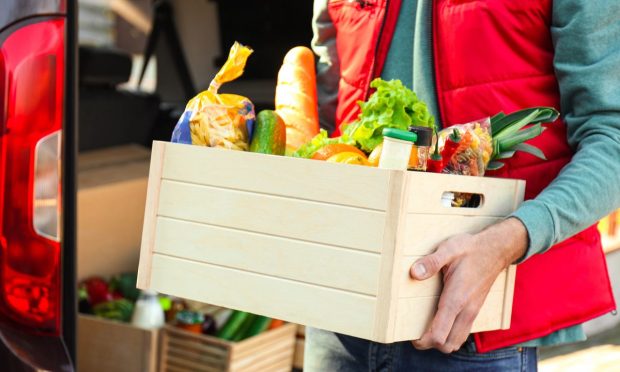Ultrafast Grocers’ Losses Mount in the Face of an Uncertain Future

Ultrafast grocers are hemorrhaging money. A recent Wall Street Journal report has found that these on-demand delivery services’ losses can amount to as much as $20 per order on average including ad spending.
Related news: Report: Instant Grocery Delivery Services Lose Roughly $20 per Order
While adoption has been quick, it is unclear whether consumer demand will ever be enough to support the costly business model, which tends to center on small-volume orders, once the venture capital has dried up.
As it is, for all the budding demand, the number of competitors in the space makes it significantly more difficult for players to achieve the kind of scale they would need to pull this costly endeavor off. Services such as Buyk, Getir, Jokr, Fridge No More, Gorillas, and even on-demand delivery giant DoorDash, among others, have entered the category in the United States.
The labor costs of delivery could be prohibitive, though early efforts at autonomous delivery suggest that, in the future, the economics of the business could work better. It remains to be seen whether tech upgrades such as these and the achievement of scale will be enough to make the ultrafast model work.
By the Numbers
Certainly, the market for online grocery is significant and growing, even if not enough to sustain these ultrafast players. Findings from PYMNTS’ What Consumers Expect From Their Grocery Shopping Experience, created in collaboration with ACI Worldwide, which surveyed a census-balanced panel of more than 2,300 United States consumers, showed that 23% of grocery shoppers are purchasing online for home delivery.
You may also like: Digital Features Can Help Grocers Win Over 43 Percent Of Shoppers
Additionally, research from this month’s study Decoding Customer Affinity: The Customer Loyalty to Merchants Survey 2022, created in collaboration with Toshiba Global Commerce Solutions, which surveyed more than 2,000 U.S. adults about their grocery and pharmacy shopping preferences, noted that 18% of grocery shoppers use online channels more often than they shop in stores.
Get the report: Decoding Consumer Affinity: The Customer Loyalty To Merchants Survey 2022
What Insiders are Saying
There is reason to believe that the economics of each order will improve over time, with returning customers making larger purchases, but likely not enough to make up the difference.
As Tyler Trerotola, U.S. co-founder of Jokr, a 15-minute grocery delivery startup operating in three continents, told Karen Webster in an interview, “The first order up to the fifth order, you just constantly can see that basket size increasing in both number of orders and also total spend on the platform.”
You may also like: Ultrafast Grocery Delivery Service Jokr Leverages NYC Lessons to Drive Boston Expansion
Still, those in other segments of the eGrocery world have been expressing doubts.
“There’s a lot of effort going in around instantaneous delivery, and there’s a lot of brilliant minds, trying to make it so that your item is there not in 30 minute but in 15 minutes,” Alex Weinstein, chief digital officer at online grocer Hungryroot and former senior vice president of Growth at food delivery platform Grubhub, told PYMNTS in a recent interview. “It’s definitely structurally better if your item arrives in an hour than if it arrives in a week or longer … However, at a certain point, there’s just diminishing marginal returns … [It] is small AOV scenarios that really aren’t particularly either profitable or scalable.”
See also: eGrocery Customers Expect More Than Digital Shelves; They Expect Personal Relationships
